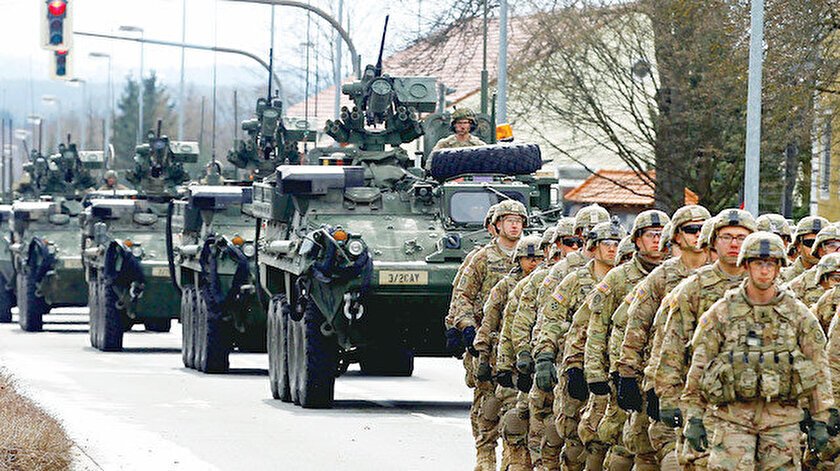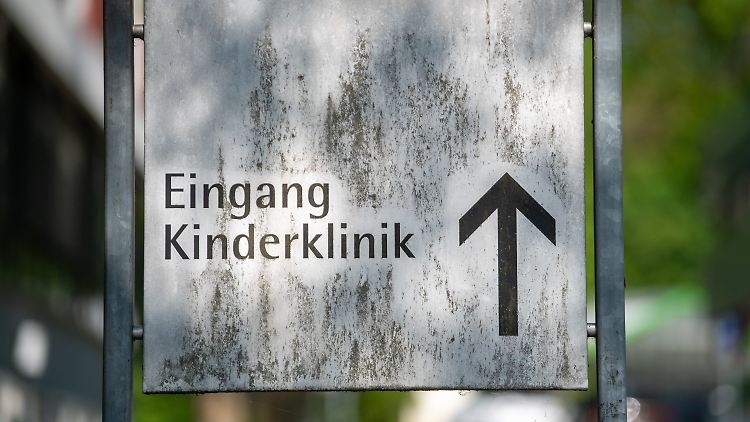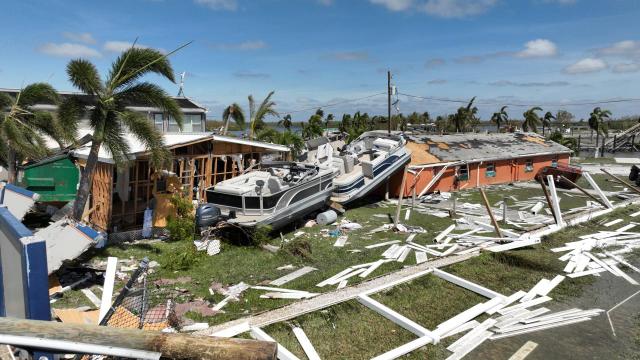The Ukraine crisis has shifted from West-Russian tensions towards the NATO-Russia conflict.
The US administration says it has allocated NATO an emergency response force of 8,500 troops to use in the Ukraine crisis. This created the perception that direct NATO intervention was now on the agenda after the weapons and ammunition that Western countries sent to Ukraine at a bilateral level.
But can NATO intervene directly in Ukraine?
The simple answer to this question is “no.” Ukraine is not a member of NATO. Therefore, in the event of an attack on one of the members, article 5, which envisages direct nato intervention, is not possible. The use of the substance for Ukraine will not be possible.
A United Nations Security Council resolution is also needed to respond to crises in regions outside NATO borders. Nato’s deployment directly to Ukraine is also not possible in the current conjuncture, as it is impossible for the United States and its Western allies from the UN Security Council, of which Russia and China are permanent members, to issue such a resolution.
However, the NATO council could deploy the Emergency Response Force to nato member states such as Romania or Poland, which are neighbours to Ukraine. The 8,500 troops that the Americans have put forward are also being allocated within this framework.
NATO RESOLUTION REQUIRED
Just because the United States has allocated troops to nato’s emergency response force does not automatically do the same for other NATO member states.
In NATO, decisions are unanimous. In other words, the NATO Council must first decide to send the NATO Emergency Response Force to NATO countries adjacent to Ukraine. Moreover, even if members approve the use of NATO emergency response force in the Ukraine crisis, this “yes” vote does not mean that countries automatically send troops. Each NATO member state will assess the crisis in its own national interests — relations with Russia — and make its decision accordingly, based on its economic and military capabilities.
NO ERDOGAN AT BIDEN’S VIDEO CONFERENCE WITH EUROPEANS
The most important issue that will comfort Turkey here is that the command of the Emergency Response Force has been transferred to France by the end of December. If the Biden administration had demonstrated its stance on bringing NATO into the military last year when turkey was the Commander of the Emergency Response Force, the pressure on Ankara could have been much greater.
As a matter of fact, the fact that President Erdogan from Turkey was not included in us President Biden’s video conference with the leaders of France, Germany, Poland, Britain and EU officials to discuss these issues last week indicates that the Washington administration does not intend to walk through Turkey in the crisis.
WHAT RUSSIA WANTS; WILL THE CRISIS RETURN TO THE NATO-RUSSIA CONFLICT?
Since the NATO Emergency Response Force will not be deployed to Ukraine — for now — nato’s direct military intervention does not seem to be involved, but it is unclear which way such a major escalation will evolve.
The U.S. is plunged into crisis — so to speak. Even a Russian or Belarusian missile that could fall on one of the NATO countries bordering Ukraine could pave the way for the triggering of article five under the pretext of “NATO member under attack.”
WHAT COULD BE RUSSIA’S MILITARY PLANS?
On the other hand, Russia has possible political and military plans;
According to retired General Ali Er, who served in NATO for many years, Russia’s troop buildup on its border with Ukraine is not to be underestimated. Because of the nature of the Russian military buildup, he said he did not think the Moscow administration was “bluffing”;
Russia has not deployed ordinary military units to its border with Ukraine. The elite tank has deployed over 100,000 soldiers, including battalion task forces.
The Moscow administration says this force is in the region for the purpose of the exercise, but the military exercise is carried out with troops in the region or with closely stationed units. Russia, however, has brought the power it has piled up on its border with Ukraine from the east and inland regions of the country.
The Russian government has also deployed military aircraft and air defense systems in Ukraine’s northern neighbor Belarus. In this military plan, it means opening a second front. A move that would force Ukraine to divide its military forces both east and north, increasing the front line to two.
Er explains that Russia has never backed down in the crisis, with the strategic importance of the political objectives of a possible Russian military action in the Donbass region for Moscow;
Russia wants to establish a connection between the occupied Crimean peninsula and the Russian mainland. And the way to do that is through the Donbass area.
If the Donbass region falls under Russian control, just like in Crimea, the Moscow administration will have seized the Ukrainian shores of the Azov Sea and gained full control of the sea.
This will give Russia strategic dominance in the north of the Black Sea.
WHAT WILL TURKEY DO?
Russia’s Putin is unlikely to leave the Western alliance without making that critical gain, having captured it at its most messy.
It is clear that the crisis is of great interest to Turkey; As a NATO member with a black sea border, it is not difficult to predict that Ankara will be put under serious pressure by the United States. The first push will likely be for Turkey to be active in nato’s emergency response force.
However, even if Ankara repels this first salvo, a second and much heavier pressure through the Straits/Montreux is inevitable in a possible NATO-Russia conflict. According to Montreux, Turkey is given full authority over which ships will pass through the Straits in the event of war. The United States will want NATO member Turkey to exercise this authority in favor of the Western Alliance.
The United States has already begun taking its first steps in the Mediterranean sea, sending several naval vessels, including aircraft carriers, to the region in february under the name of naval exercises.
The Ukraine crisis is coming very harshly.
And unfortunately, the AK Party government, which has failed even in the fight against profits, does not seem to have much understanding of where the issue is going;
If they had grasped the seriousness of the matter, they would have been able to do so.
To judge admirals who warned about Montreux;
Or would they continue to insist on Channel Istanbul to discuss Montreux?






